
Culture
16:47, 24-Jul-2018
Man devotes his life to the xun, China's oldest musical instrument
Updated
16:17, 27-Jul-2018
CGTN
03:09
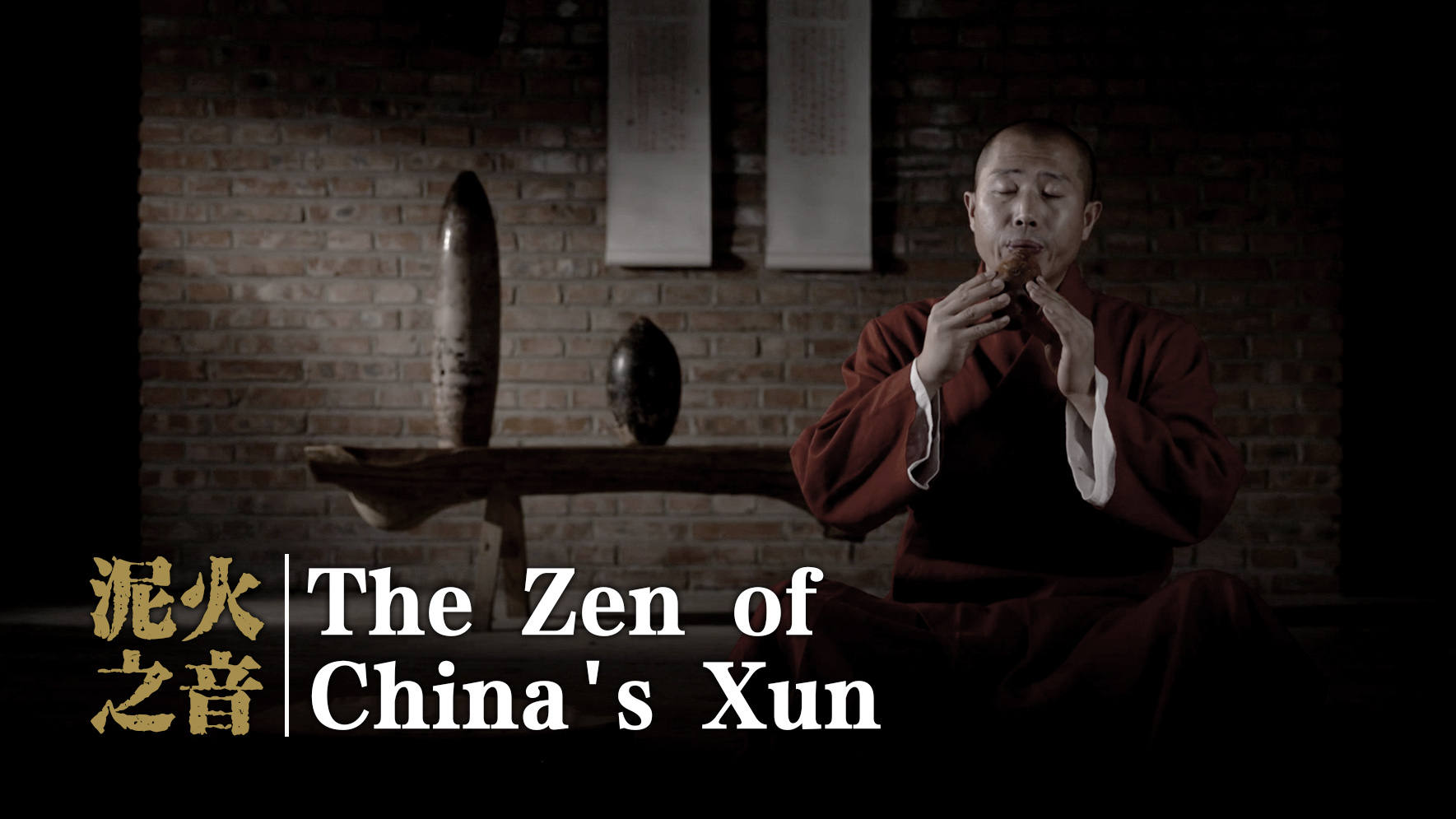
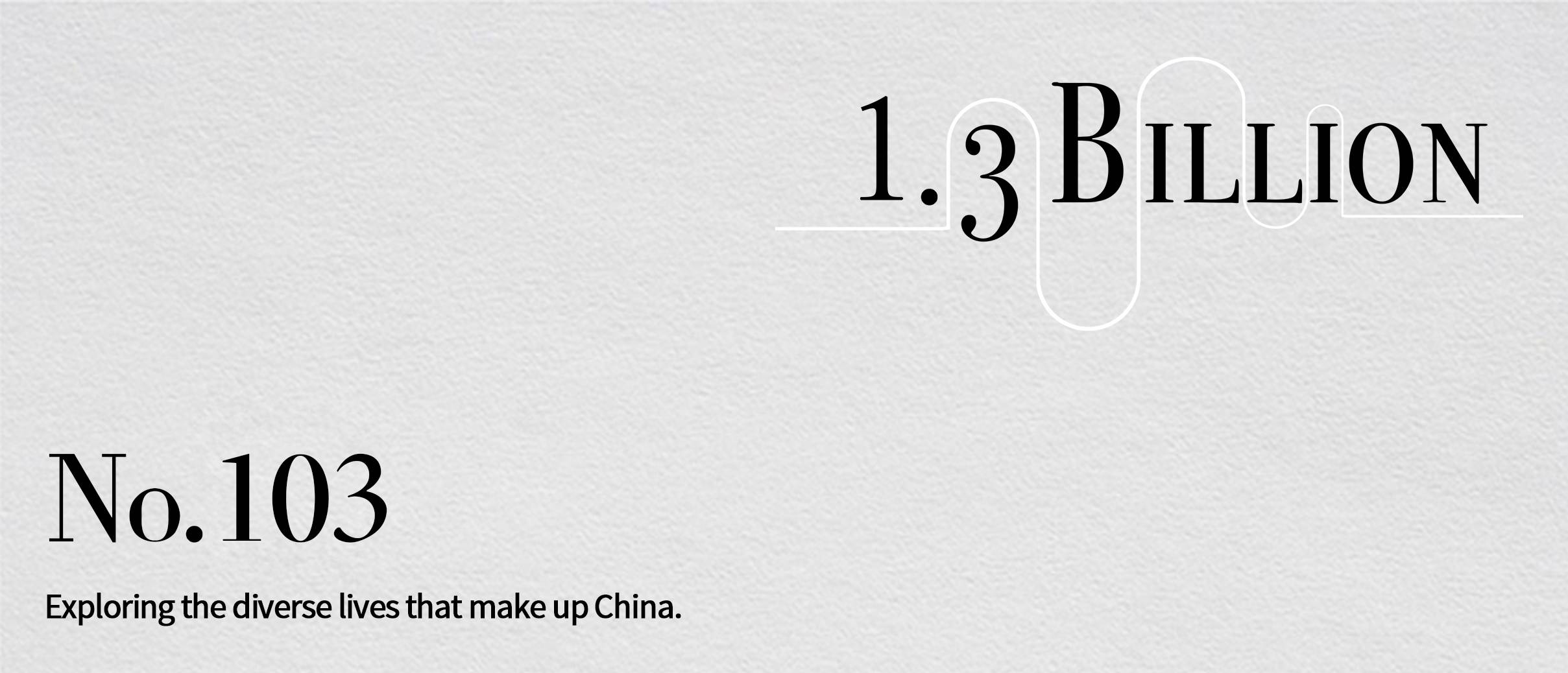
CGTN Photo
CGTN Photo
Renowned Chinese writer Jia Pingwa once wrote a short essay about the xun, a traditional Chinese musical instrument, called "Sound of the Earth": "The xun is made of clay, hence its sound comes from the Earth. Modern civilization has developed various new instruments that make magnificent sounds, yet no other instrument has the magical power like the xun does. When the goddess made human beings out of clay, she also made the xun. While both are endowed with seven apertures, men got a soul, and the xun got the charm."

China's oldest wind instrument, the xun. /By CGTN
China's oldest wind instrument, the xun. /By CGTN
The ancient and melodious sound of the xun is very enchanting, and the simple instrument managed to change the whole life of Zhang Xun.
Zhang Xun, originally named Zhang Jun, was born to a poor family northwest China's Ningxia Hui Autonomous Region. Due to his family's poor economic situation, he dropped out of school at the age of 14 and became a migrant worker. During this time he worked as a coal miner and a street vendor.
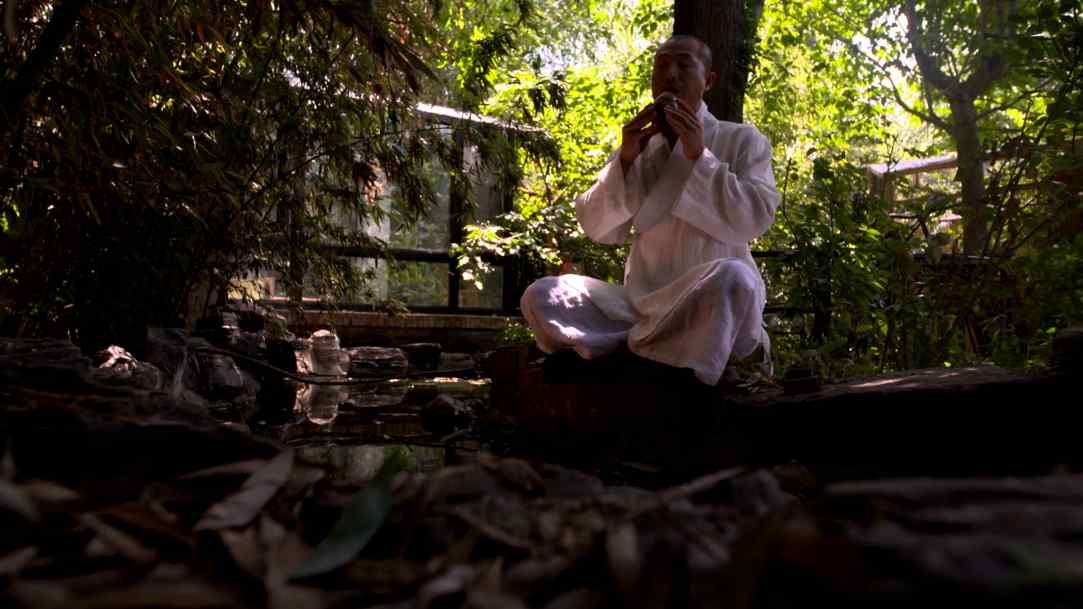
Zhang Xun /By CGTN
Zhang Xun /By CGTN
"I loved music since childhood. My grandfather once made me a clay gadget. I always played it when I was herding the sheep," said Zhang. "I thought it was just a toy. But it wasn't until I met master Zhao Yao in Shanxi Province that I realized that it was actually an ancient musical instrument called a xun.”
Zhao is a master craftsman in xun-making. During the encounter, Zhang managed to learn to play a musical piece in one night without having any musical background. Zhao was surprised by this and accepted Zhang as his pupil in making and playing this unique instrument.

CGTN Photo
CGTN Photo
"A xun-maker must know how to play it." The key is to relax your shoulders and elbows, while keeping one's eyes ahead and chin tucked-in. This posture helps Zhang adjust the xun's overall shape and the sound holes to better to suit the needs of the player.
Zhang has learnt from many artists in fields such as Chinese painting, martial arts and Chinese calligraphy. "All the art forms are interconnected. I utilize my knowledge in martial arts and painting in the processes of making and playing a xun. It helps me improve my mentality, my perception, and my self-cultivation."
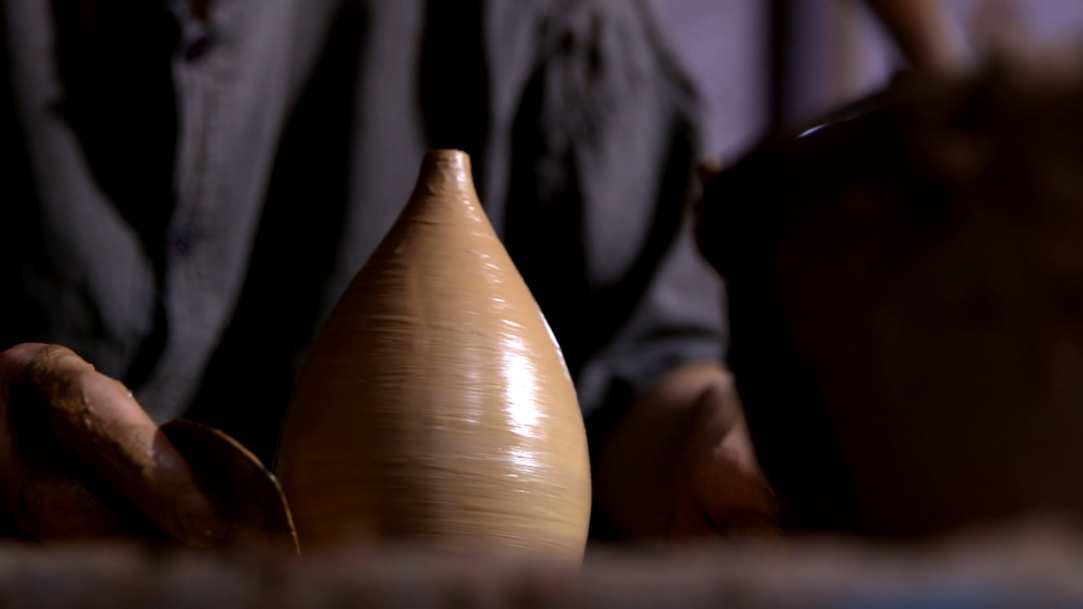
CGTN Photo
CGTN Photo
His instruments are all made in earth mound kilns and their shapes are primitive and simple. The traditional technique that he uses is called "charring in heaps", and it creates patterns on the instrument's surface that look like ink wash paintings. This combination of fire and clay makes every xun unique.
Zhang's biggest innovation was turning the flat blowing hole into a U-shape. He also made adjustments on the inner coating. "It increases the volume and expands the vocal range while maintaining the traditional shape and tones."
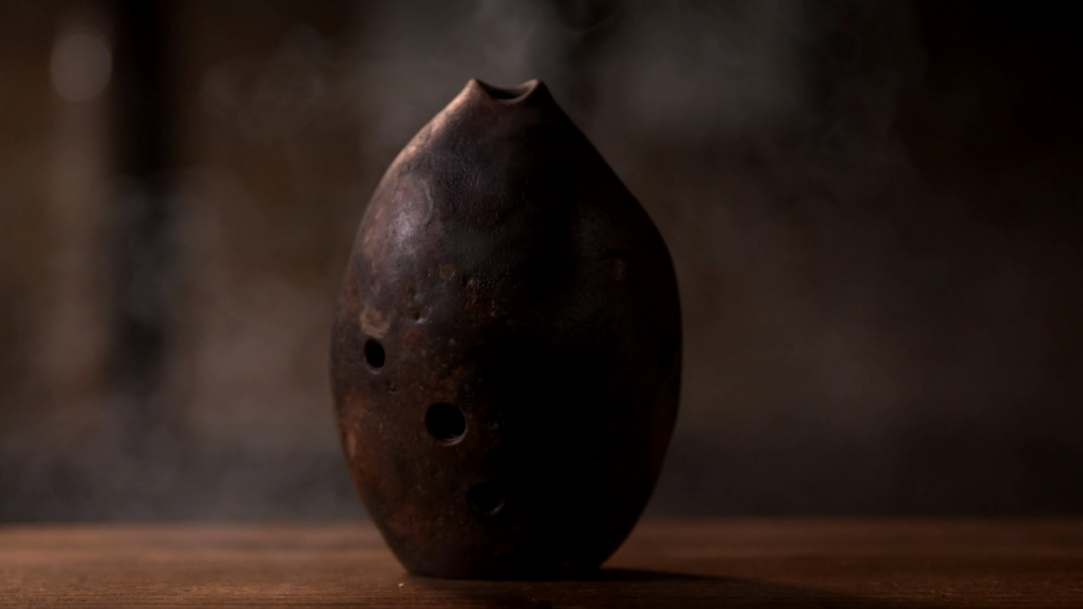
CGTN Photo
CGTN Photo
There are many types of xun, although Zhang only makes his with 9 sound holes because he believes this way makes the most beautiful sounds. "It sounds elegant and ancient, primitive and pure, but not sorrowful at all." He also tunes the xuns according to international standards, so that they can be played together with modern instruments.
Many of Zhang's pieces have been collected by world famous musicians, such as Oscar-winning Chinese composer Tan Dun, Chinese tenor Fan Jingma and Swedish violinist Jan Stigmer.
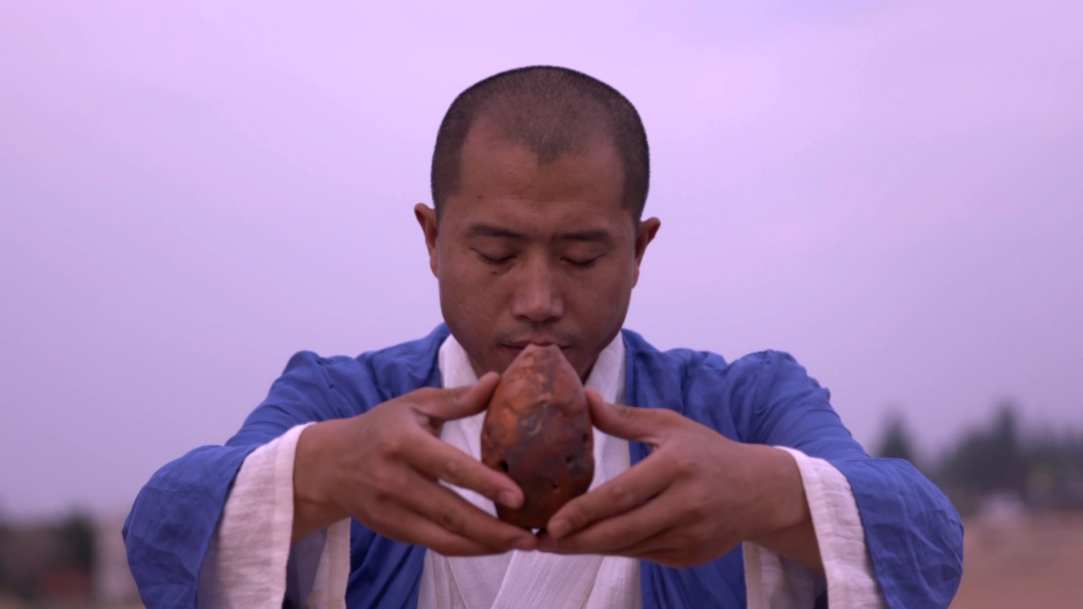
CGTN Photo
CGTN Photo
"As the name suggests, I am Xun, and I make the xun. We come from the Earth and live long upon it," Zhang says about his fate with the xun. This kind of philosophical connotation may also be part of the charm of this ancient and magical instrument.

The story is one in The 1.3 Billion series exploring the diverse lives that make up China.
The story is one in The 1.3 Billion series exploring the diverse lives that make up China.

SITEMAP
Copyright © 2018 CGTN. Beijing ICP prepared NO.16065310-3
Copyright © 2018 CGTN. Beijing ICP prepared NO.16065310-3